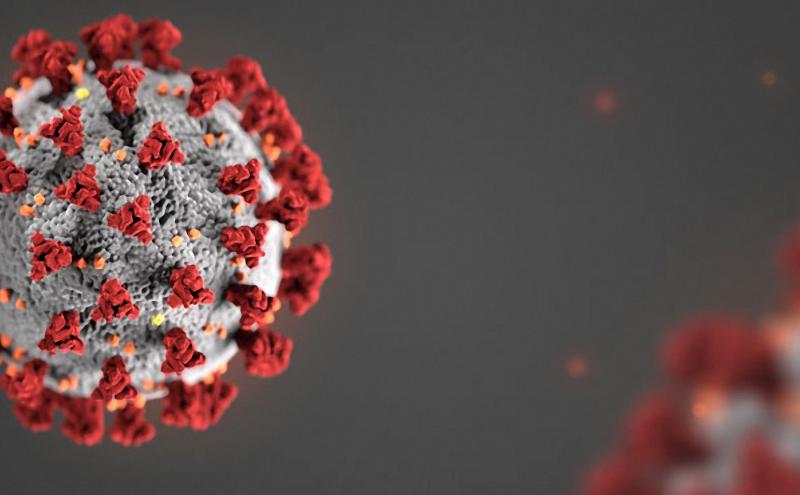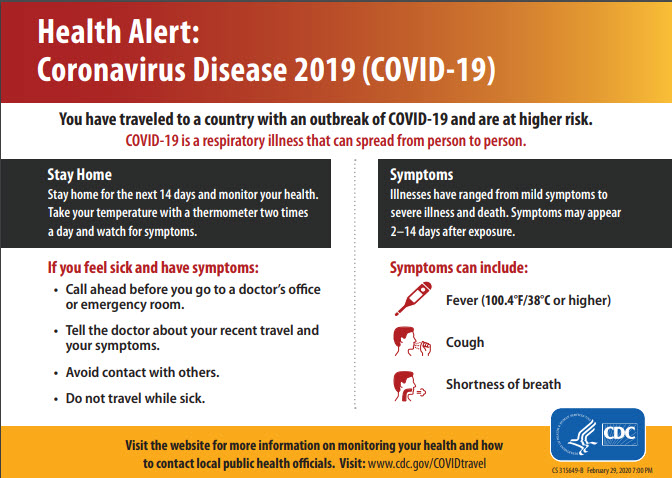
The international arrivals process for passengers entering the United States from certain countries has been adjusted multiple times since the first global cases of coronavirus were discovered.
The Department of Homeland Security, which oversees U.S. Customs and Border Protection (CBP), determines the immigration and customs protocols and facilitates the immigration and customs process.
The U.S. Centers for Disease Control and Prevention (CDC), a component of the U.S. Department of Health and Human Services (DHS), monitors for infectious disease at airports and other points of international travel.
Federal agencies implement the same international arrival process requirements at every U.S. airport receiving passengers from high-risk countries. CDC and CBP has notified us that the screening protocols might occur in a different order depending upon the facilities and layout of the international terminal or terminals. Protocols also change frequently and may vary day to day.
The international arrivals process changes frequently and may differ for passengers by their itinerary or health. The latest guidelines can be found at the DHS website and CDC website:
- Non-U.S. citizens who are from or have recently been in Brazil, China, Iran, or certain European countries cannot enter the U.S.
- American citizens, lawful permanent residents, and family members (as specified in the Presidential Proclamation) who have been in high risk countries within 14 days prior to their arrival will be allowed to enter the United States through certain airports, including SEA.
- At these airports, travelers may be screened for COVID-19 symptoms such as fever, cough, or trouble breathing, and they may be asked questions about their travel and possible exposure to COVID-19.
- Travelers without symptoms will be told to stay home, monitor their health, and practice physical distancing. Travelers with symptoms will be directed to receive additional screening and health care.
Screening Process at SEA
Seattle-Tacoma International Airport (SEA) has not experienced the long wait times at other airports where passengers complete the questionnaire within the international facility. According to the CDC, there can be minor variations in the screening process at every airport, but all passengers are subject to this three-step screening process.
The process at SEA is more efficient and different because of the location of the Step 2 screening:
Step 1. CBP Manifest review and Destination Analysis
CBP officers use a combination of traveler history records, officer questioning and observation, and self-declarations to identify individuals requiring enhanced health screening
Step 2. CDC Self-reported Health Screening Questionnaire
At SEA, this step takes place earlier in the process than at other airports to prevent the lineups that other airports have experienced.
- Travelers complete the survey on the plane on the plane before arrival rather than in the international facility. This was the step reported by other U.S. airports to cause long lines in customs, not the physical screening step.
- If travelers are not coming from areas of concern and are not reporting or displaying symptoms, they will go through passport control as normal and questionnaires may or may not be collected.

Step 3. CDC Physical Screening
CDC officers monitor passengers as they come into international arrivals, watching for physical symptoms of the disease like coughing, runny nose, and others. Not every passenger receives a physical screening. If passengers do not report or demonstrate any symptoms of coronavirus, they will not be screened.
We appreciate the partnership of these agencies, who constantly adjust their procedures to address emerging threats. We have offered any resources we can to enable them to meet their mission and will continue to support their effort to stop the spread of infectious disease.
Resources
- CDC After You Travel Internationally
- CDC COVID-19 Travel Recommendations by Country
- CDC FAQs
- CDC Coronavirus Self-checker










